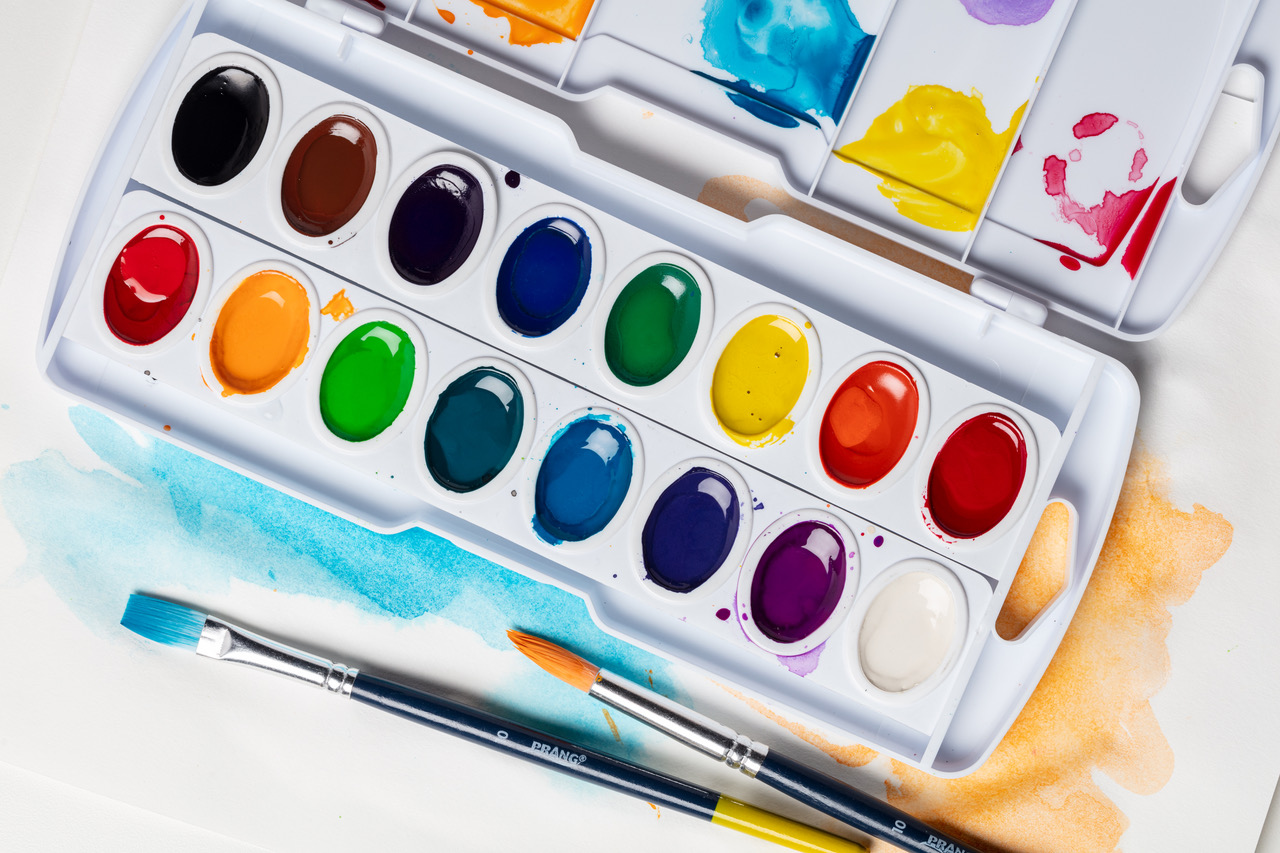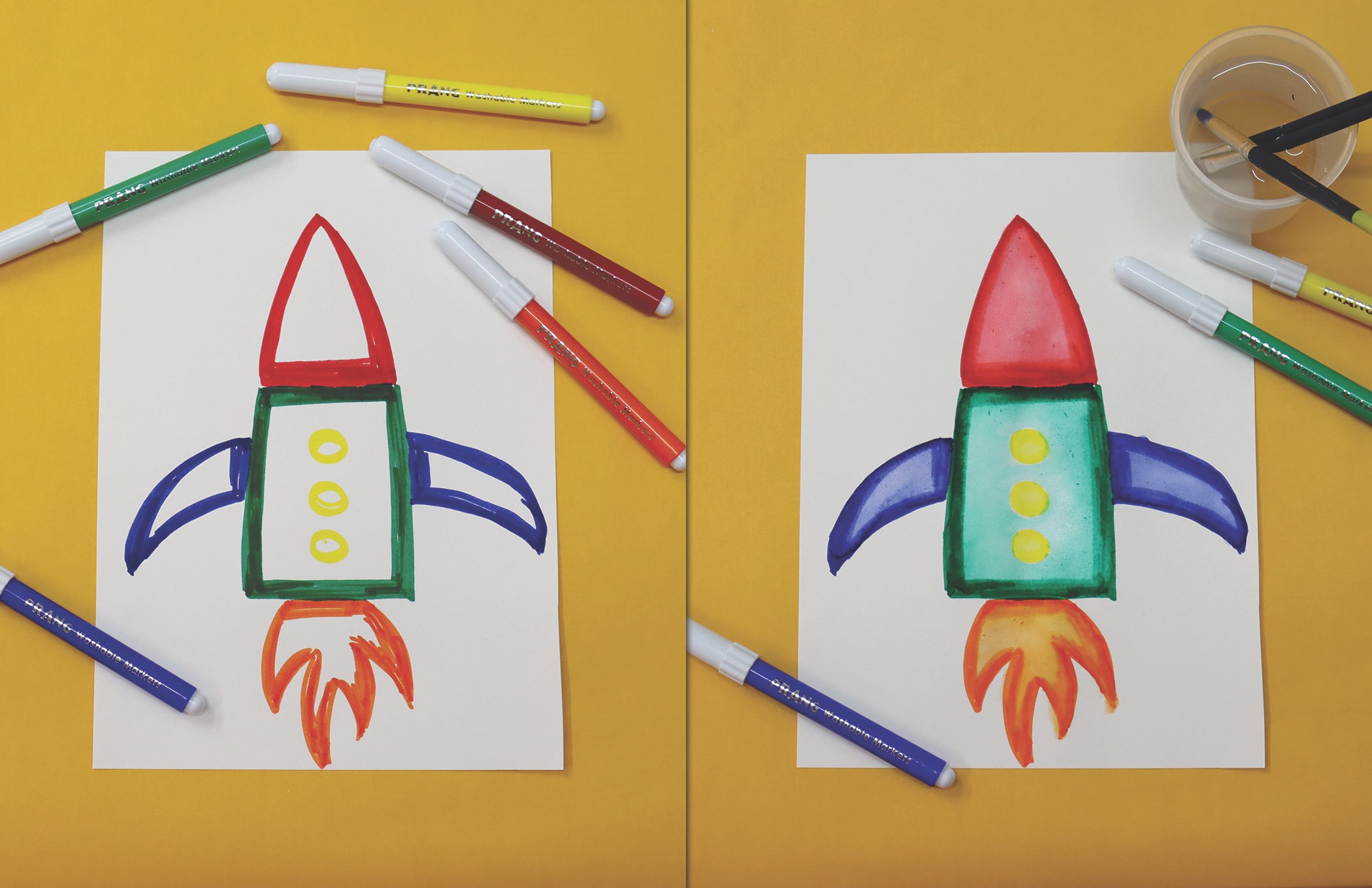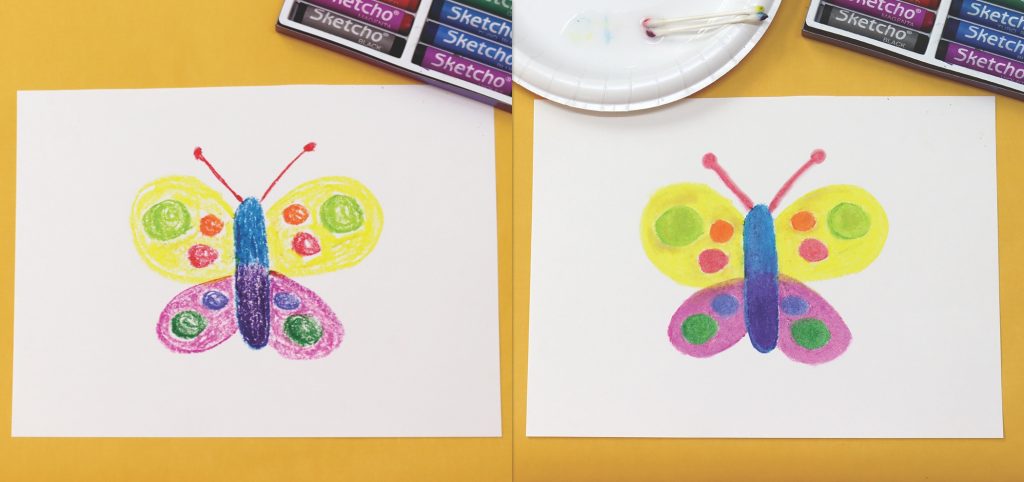January 30th, 2024
A Brief History of Watercolor
Consider the watercolor. From early masterpieces to elementary art classrooms everywhere, watercolor has been one of our most enduring mediums. But how did we get from those early paints to the vibrant pallets we enjoy today? It all starts a very, very long time ago…
General History
Various forms of watercolor painting have existed around the world since the paleolithic period. The actual makeup of these early “watercolors” could vary dramatically. Some involved vegetable pigments, others used ink or soot. But the common factor, as you might guess, was always the use of water for dilution and application of the paint.
Watercolor paint that’s closer to what we would recognize today, emerged in Europe during the Renaissance and Baroque periods. However, at that time it was mostly used for sketches and copies, or nature studies. These works were often either in preparation for the “real” artwork or matters of scientific documentation.
Later, in the 18th century, watercolor paints became popular with mapmakers and engineers who found it useful for depicting terrain and project plans. At the same time, it became a fashionable pastime for the well-to-do, and seen as an attractive skill indicative of a good education.
Watercolor paint in fine art also began around this time. The artists generally credited with establishing watercolor as a mature painting medium are Paul Sandby, Thomas Girtin, and Joseph Mallord William Turner. These artists (among others) developed and refined various techniques, creating a number of incredibly popular works, and infusing watercolor painting with new prestige.
The watercolor paint that we’re most familiar with today, however, was developed in the early 19th century. This type of paint is primarily composed of a pigment, gum Arabic, a binder, and an additive (like glycerin) to fine-tune the consistency. This paint is then mixed with water when used – thus the watercolor pallets we’ve come to know and love.
Watercolor paint continues to be a popular medium for many artists today. Notable recent and current artists include Georgia O’Keeffe, Edward Hopper, and Andrew Wyeth, just to name a few… Not to mention the millions of students who express themselves through watercolor every year in art classes around the world.
Prang and American Art Education
The story of Prang art supplies – and Prang watercolors – begins with the brand founder, Louis Prang; a printer, lithographer, and publisher, who believed that art was vital for fostering imagination and self-expression, particularly in children. He emigrated from Breslau, Prussia to Boston in the United States in the 1850’s and started a lithography publishing business with Julius Mayer. By 1860, Prang bought out his partner and went into business under the name L. Prang & Company.
Around that same time, Prang became an advocate for art education in public schools. While teaching his own daughter to paint, he discovered two problems with art education in the United States: first, that the paints used did not meet his standards for quality and safety – especially for children; and second, that most public-school children did not enjoy the same access to art education that upper-class private school children did. So, he decided to do something about it.
First, he developed his own formula for watercolor paints. They were bold, vivid, and (most importantly) non-toxic. Second, he began advocating for wider access to art education for children. By the 1870’s, Prang was publishing his own art education materials for use in schools. With the help of John S. Clark and Mary Dana Hicks, among others, Prang’s campaign for art education began to pick up steam.
By 1882, the Prang Educational Company was formed to supply schools with art manuals and all the materials they would need to provide art education for children – even those as young as kindergarten. Thus, the Prang brand of art supplies we know and love today was born.
The same passions that drove Louis Prang’s innovations continue to inspire our modern product line, including our watercolor paints. They are still bold, vibrant, and non-toxic. Plus, we’ve added pop-out pans for easy refills in the classroom. And of course, we still regularly publish new project ideas for teachers to share with their students. It all goes back to Prang’s fundamental beliefs that self-expression through art is vital; that the right supplies are essential for fostering creativity; and that “child safe” doesn’t have to mean “low quality” – these beliefs are built into everything we do.
The history of watercolor paint stretches back through time to the very beginnings of art, but it also reaches forward with every new generation of artists. Professionals, hobbyists, children – the great thing about watercolor is that everyone can enjoy it. Everyone can enjoy expressing themselves in brilliant technicolor with just a little water, a brush, some paper, and a pallet.



